Gamification process outline
Defining Objectives
This is where the business objectives and the target audience objectives are defined. This is the unavoidable first step in the process. Without this, you will not have an idea of what you are aiming and striving for.
Some of the basic questions to explore with this first step are asking who you are as a company. What do you offer? What resources do you have? What are your goals with your employees, customers, products or services?
And from there you move on to why you want to use gamification. Is it to improve employee/team collaboration, increase customer interaction and so forth? After that we move on to brainstorming the how. How would we implement a gamification solution based on the previous answers?
Though one disclaimer, if you cannot answer the questions effectively, especially the final one, then you should likely reconsider whether the gamification solution that is being presented is the correct one.
On top of your own objectives, you will also need to consider your target audiences goals. As they will differ from your own. Your audience will want to engage with you for very personal reasons, for example, you may wish to sell televisions which make you money, which allows you to make more tv’s and so on. Your target audience does not want to buy a television, they can get a television anywhere. What they want is a viewing experience that they cannot get anywhere else. So consider it from their point of view when developing ideas around and for your audience.
Determining Players
Step two is where you explore your target audience in greater detail, beyond than just their likely overall goal. What they want is still important, but with this step, you want to refine who they are, what they specifically want/need and why they want/need it.
The popular term for this part of the process is known as creating personas. Persona’s define a cluster of like-minded individuals into a specific, easy to comprehend group. You could see this as stereotyping, profiling, or any other synonym for grouping.
This step requires a fair amount of work to research and develop the various persona’s that you may target. However do not create an infinite number of groups, have a handful of groups that you can be easily identified and that everyone in your team can understand. If you are having difficulty then there are some persona models that many gamification experts use as a starting point, for example Andrzej Marczewski’s Player Type Hexad.
Defining Desired Actions
This step is really a catch-all for a few aspects that are required in a gamification solution. First, it’s having an idea of what the specific desired behaviours and actions are that you wish your target audience would take to achieve yours and their objectives.
After you have a rough idea of this, you next determine what the Win and Fail conditions for those objectives and the actions/behaviours associated with them are. These conditions can be elaborate or simple, it is entirely up to the project and the level of detail and comprehension required. To use the television example from earlier, the Win condition is selling a tv that offers a unique viewing experience. The Fail condition is then either not selling the tv or selling it and having a disappointed customer because it did not offer a unique viewing experience.
Once you know your win state and/or fail state, you can start considering which game elements, game mechanics and associated gameplay will best suit what you want to achieve.


